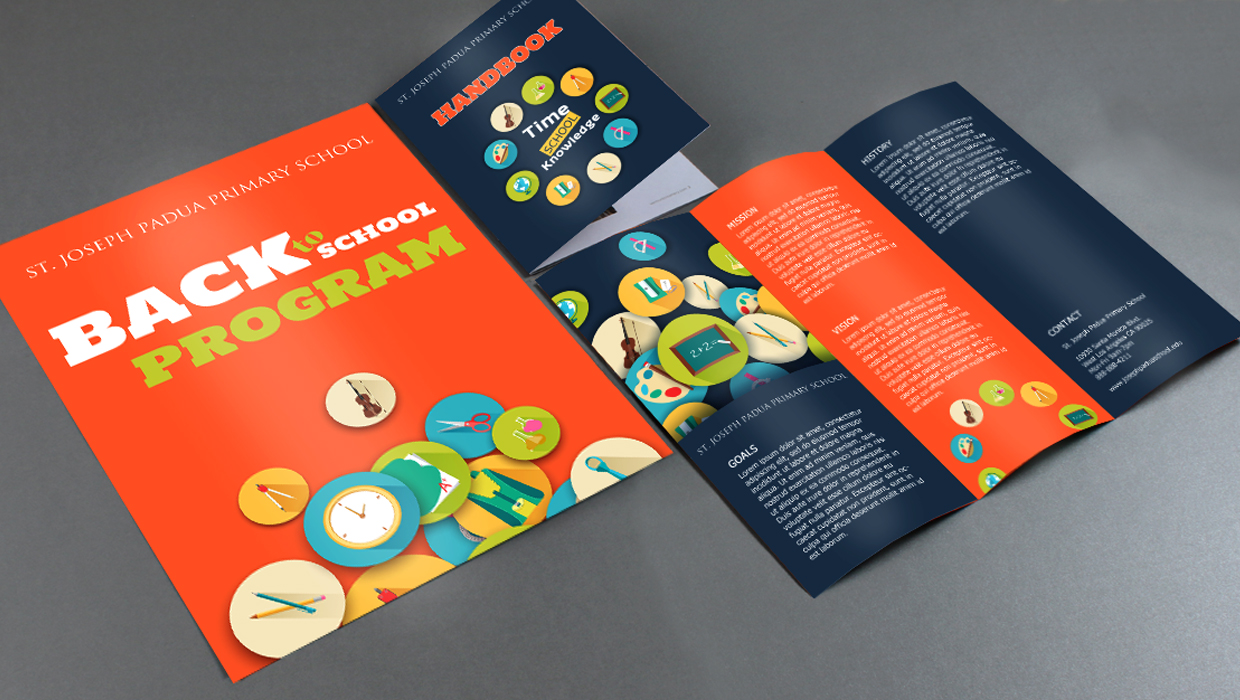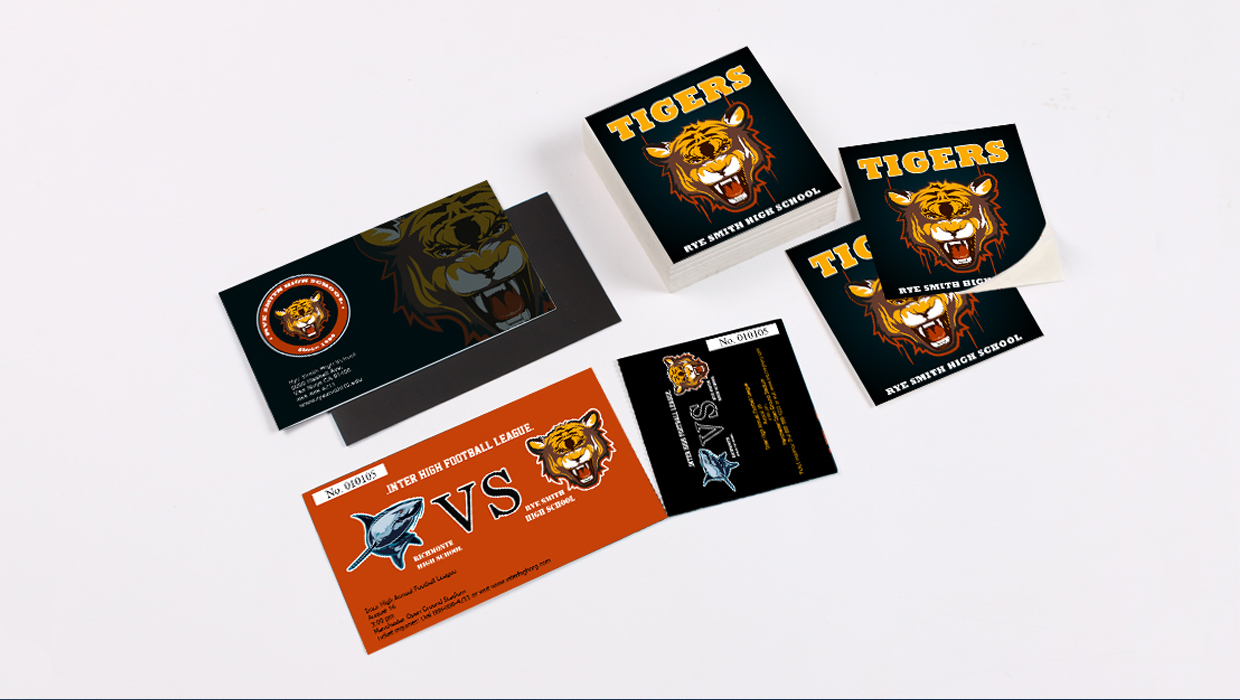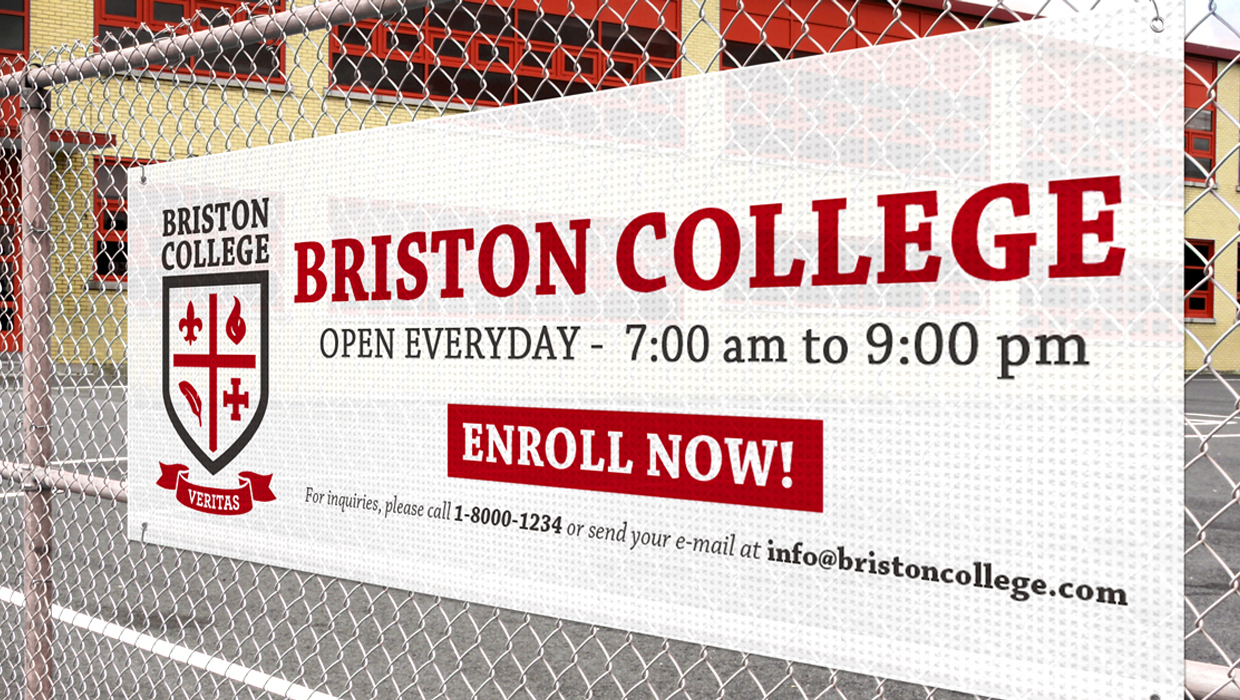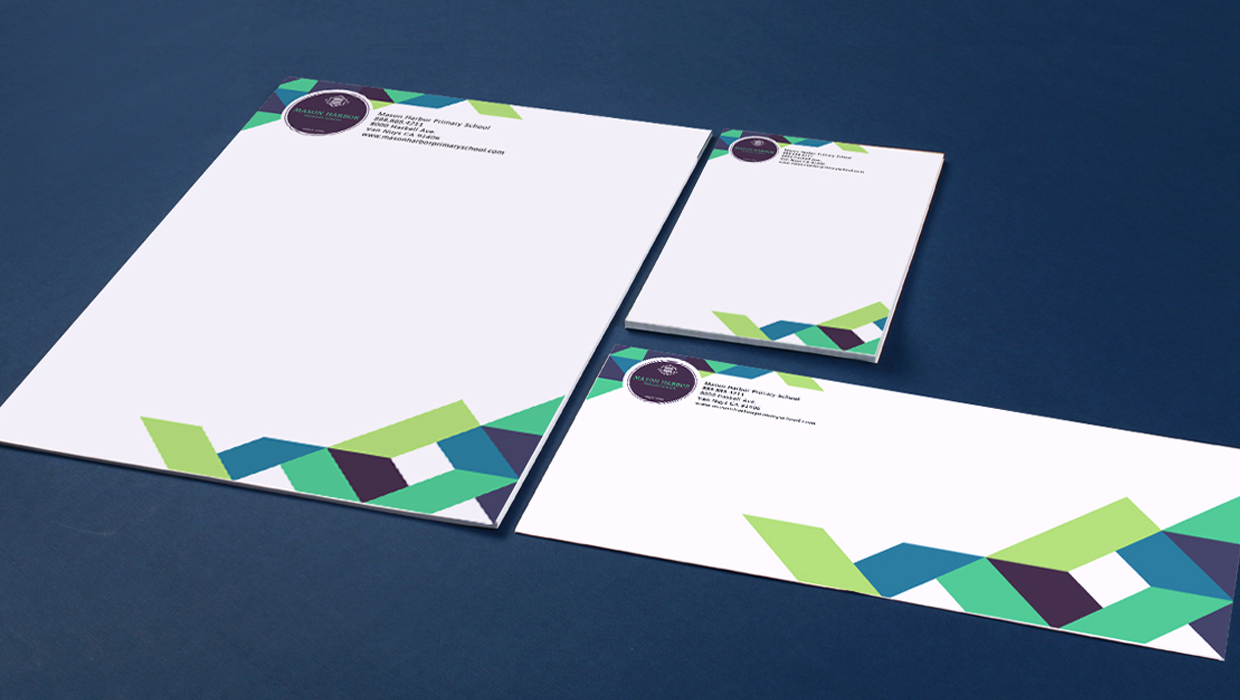Three Reasons Printing for Schools Is Thriving
Is printing for schools still relevant? Let’s put it this way. We went into the online printing business well over a decade ago. It was the time it seemed everyone was predicting the demise of print. Kindles and e-readers were only starting to become a thing, and iPads weren’t even on the horizon. Fast forward to the present, and our customers — yes that includes schools– use print for even more applications than ever.
It’s true that many schools systems throughout the US are — controversially –switching to digital for textbooks. But for other applications? If anything, schools are ordering different kinds of print materials in greater varieties.
It’s clear that schools still need printing. Printing for schools is more than just textbooks. A variety of school materials such as custom folders, envelopes, and letterhead are still very much in demand. The same can be said for school marketing materials, from postcards to large format banners.
Digital technology in the past generation has complemented print, rather than supplanting it. The relative ease of digital design in particular, has led to an explosion in demand for mass customized prints for schools and other institutions. Rather than replacing print, digital technology has in fact, made it more effective and accessible.
Print creates stronger emotional connections.
Print materials tend to offer a more lasting connection than their digital counterparts. Materials such as greeting cards and notepads could theoretically exist solely on digital formats but are still very much a part of everyday school life.
Think about it: It’s hard to find anyone who’s developed a strong bond with content they’ve read on e-Books. Ask anyone what their favorite books are. Chances are they read it first in print. This extends to other school print materials as well. Tickets to a school event or a fridge magnet can serve as a personal memento in a way no sequence of pixels and digits can.
As sappy as it might seem, print’s sense of permanence and its strong connection to emotions present compelling arguments in favor of it.
Not all school print materials can be easily replaced.
While books can be easily (albeit expensively) swapped with tablets or e-readers, other staple school prints such as stickers and vinyl banners simply have no practical digital equivalents. When equivalents exist, they tend to be impractical and costly for what they do. Outdoor digital screens for example, tend to be expensive and prone to deterioration from the elements. On the other hand, banners and posters can do the same job with no power or active maintenance required, and at a tiny fraction of the cost.
When it comes to deeper learning, digital cannot replace print.
This holds true for both books and other print materials. Multiple studies over the past decade have shown that when it comes to information retention, print remains the better medium. More studies have come to support this conclusion since then.
Educator Naomi Baron wrote about the phenomenon in the recent book “Words Onscreen: The Fate of Reading in a Digital World.” In a piece on The New Republic titled Why Digital Reading is No Substitute for Print she writes:
“Most studies have found that participants scored about the same when reading in each medium, though a few have indicated that students performed better on tests when they read in print.
The problem, however, with learning-measurement studies is that their notion of “learning” has tended to be simplistic. Reading passages and answering questions afterward may be a familiar tool in standardized testing, but tells us little about any deeper level of understanding.
Some researchers are beginning to pose more nuanced questions, including one scholar who has considered what happens when people read a story in print or on a digital device and are then asked to reconstruct the plot sequence. The answer: Print yielded better results.”
The principle holds true for both long-form print materials such as textbooks and shorter materials, such as posters and brochures. Print remains the best medium for making sure you are understood and remembered, both inside and outside of schools.
Arthur Piccio is a feature writer and subject matter expert for the PrintPlace Blog. In his spare time he studies guitar and writes about goats.





